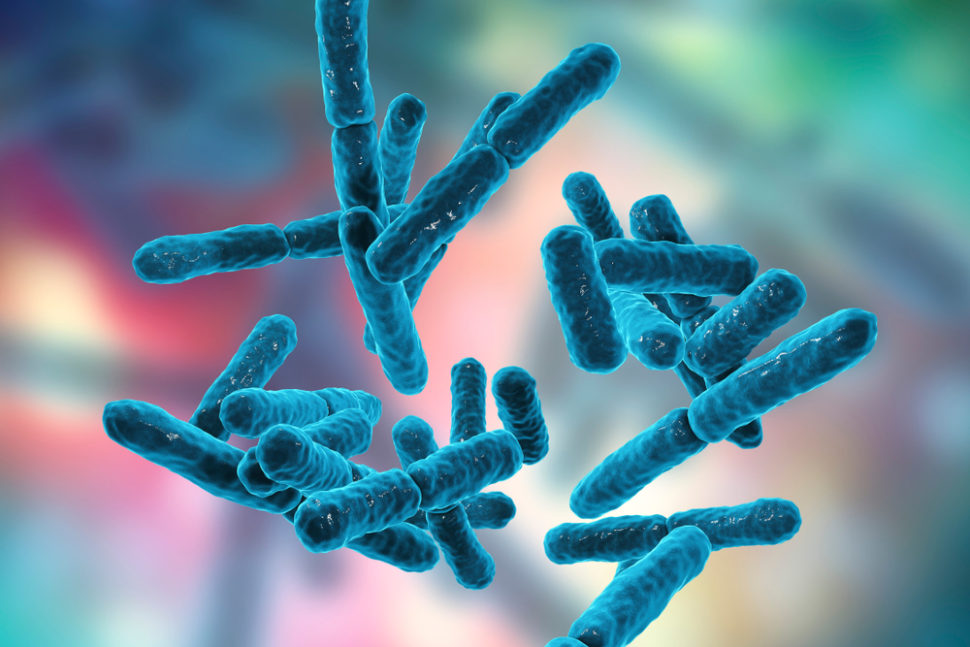Researchers at Raytheon have teamed up with colleagues at Worcester Polytechnic Institute on a DARPA project. It involves genetically engineering bacteria to locate landmines.
Buried explosives remain dangerous many years after a conflict has ended. As indiscriminate weapons of war, they can harm civilians – and they often do.
About 80 percent of land mines casualties are civilians, with children being the most affected age group. What’s more, the killings occur during times of peace.
As a result, experts have sought to develop better ways to find mines and explosive materials. But it hasn’t been easy.
The current methods are either too dangerous or cost-intensive. These include sending personnel to the field to find land mines or using complicated and expensive robots.
However, one idea has been floating around for years.
It mainly involves spraying genetically-engineered bacteria over an affected area. That way, the organisms can seek out the explosives and remotely notify a disposal team of their location.
Sounds a bit too futuristic, right?
Developing Two Strains of Bacteria to Find Landmines
To make such bacteria, Major U.S. defense contractor and industrial corporation, Raytheon decided to use synthetic biology.
This entails using engineering principles to modify organisms for specific purposes. In this case, they had to modify bacteria to seek out buried explosives,
The researchers produced two strains of bacteria. So, when the first one finds an explosive compound, it could interact with the second strain.
This interaction then results in a bright glow that remote cameras and drones can identify from a distance.
The principal investigator for the Bio Reporters for Subterranean Surveillance program at Raytheon BBN Technologies, Allison Taggart said:
“We already know that some bacteria can be programmed to be very good at detecting explosives, but it’s harder underground.”
Currently, the team is trying to figure out ways to transport the two strains of bacteria to a site. The reporting strain must reach the necessary depth, while the luminescence bacteria must be close to the surface for easy visibility.
Also, since the system has a modular design, researchers can swap the components to detect other threats and contaminants. “Using biosensors underground could help us save lives as well as detect threats to air quality and the water supply,” says Taggart.



















Comments (0)
Most Recent